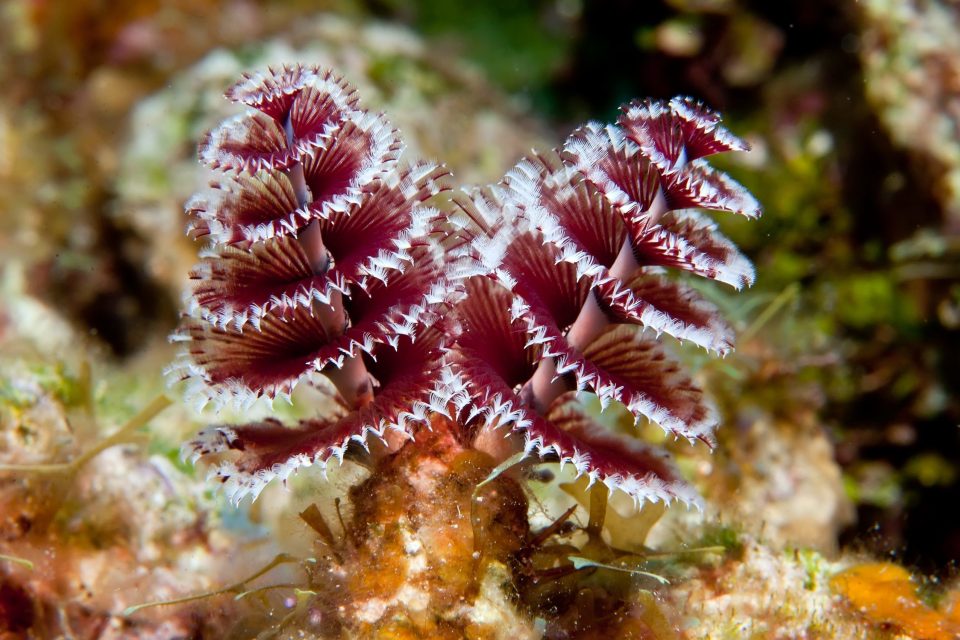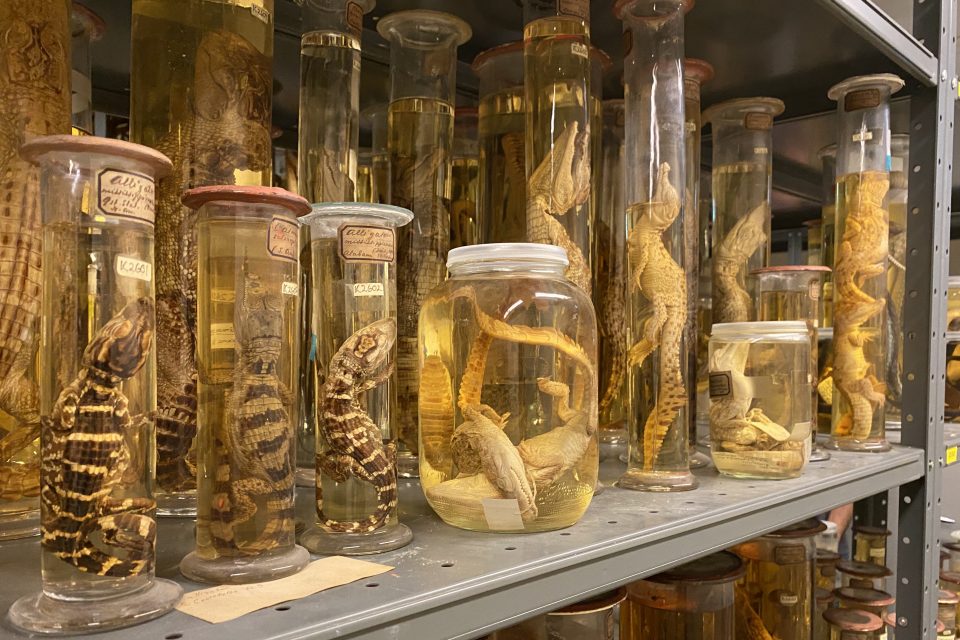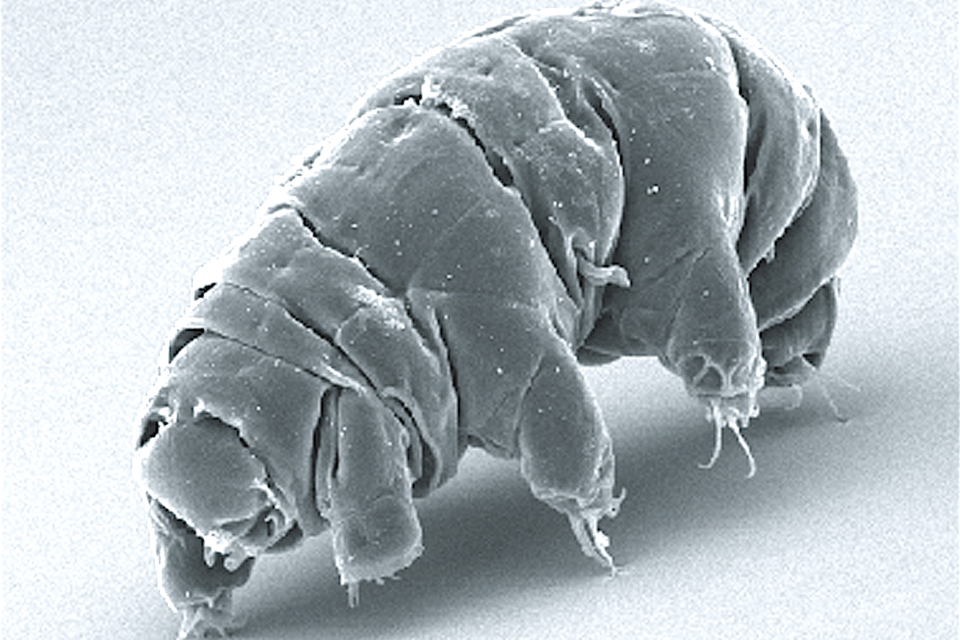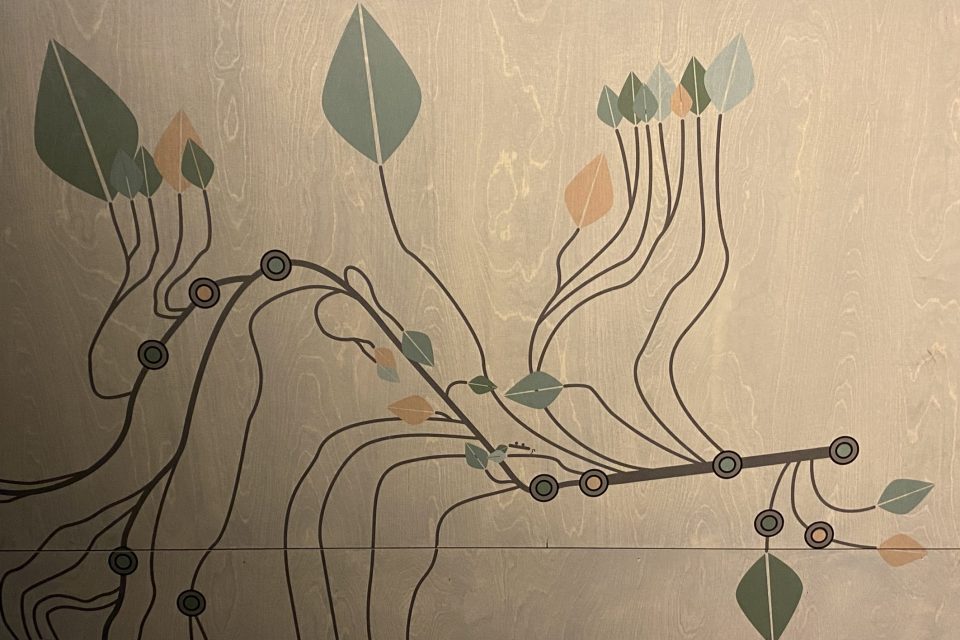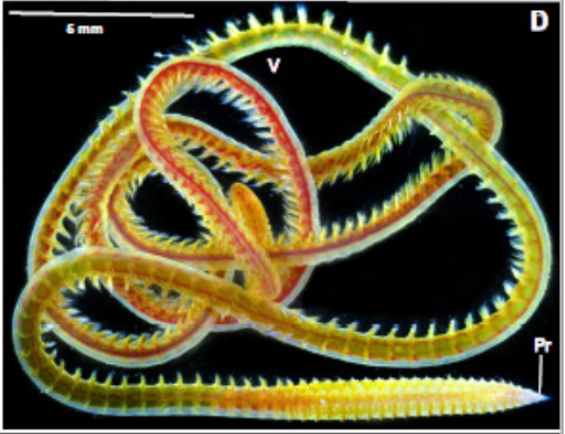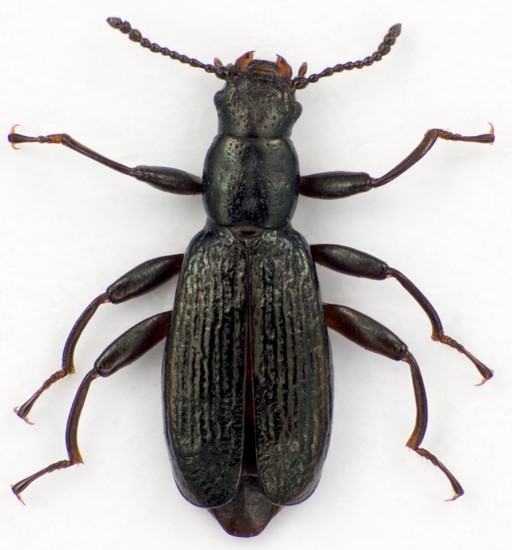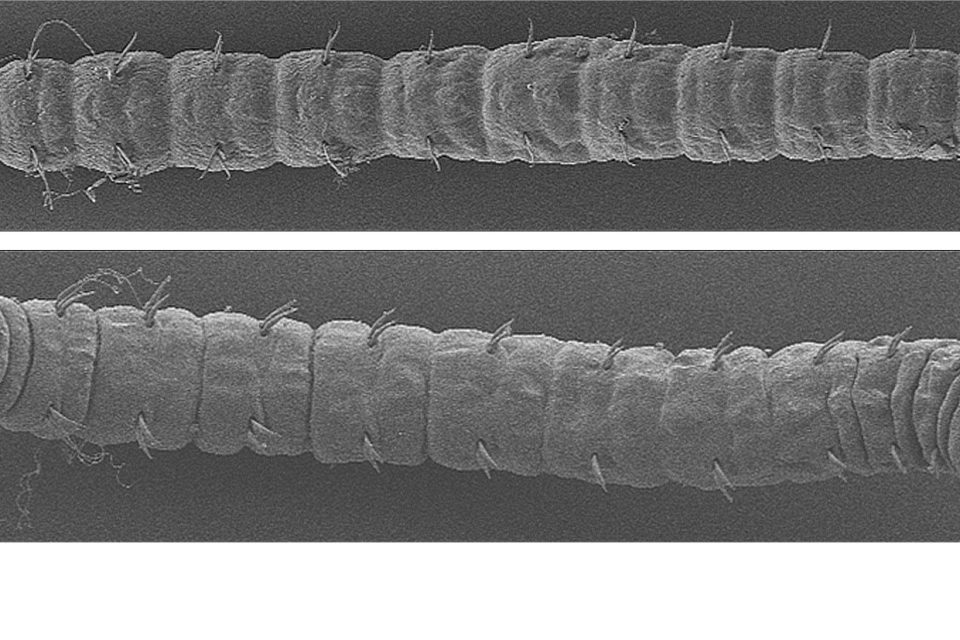
Stygocapitella – an incredibly old worm found beneath your beach towel
Species of the genus Stygocapitella belong to the ringed worms, also known as Annelida. Annelids are worms like earthworms, lugworm or christmas tree worms, but also leeches or very tiny worms living in the spaces between the sand grains, called the interstitium. Such an interstitial group of worms […]
